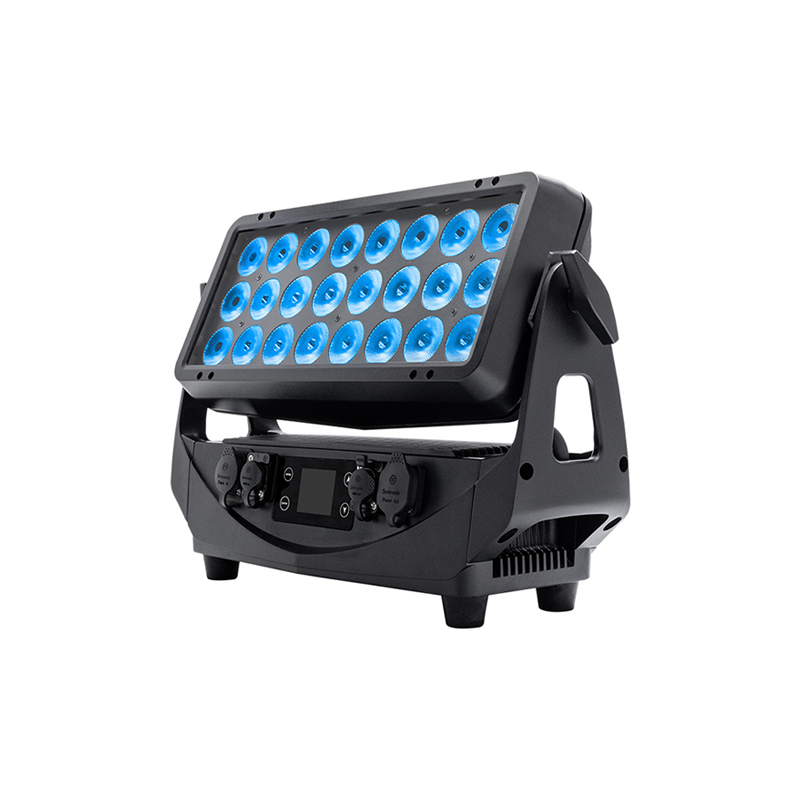How to Choose the Best LED Christmas Lights for Your Home
Classification:
summary description]
When people search for LED Christmas lights, they usually aren’t just looking for pretty décor. They’re trying to fix a real problem—maybe their old lights burn out too fast, maybe they’re worried about fire safety, or maybe they simply want a holiday setup that looks bright without sending their electricity bill through the roof. If any of that sounds familiar, this guide will help you choose lights that actually meet your needs instead of creating more hassle.
Why LED Christmas Lights Are Becoming the First Choice
LED Christmas lights didn’t become popular overnight. They earned their reputation because they solve issues that many users face each year.
Energy Savings That Add Up
Traditional lights look nice, but they waste a lot of energy. LEDs consume far less electricity—sometimes as little as one-tenth of what incandescent bulbs need. If your home lights up like a winter wonderland every December, switching to LEDs can noticeably reduce your monthly bill.
Designed to Last
Most people are tired of buying new lights every year. LEDs last significantly longer, often thousands of hours beyond what older lights can handle. You can pack them away and expect them to work again next season.
Cooler and Safer
Because LEDs stay cool to the touch, they help prevent overheating. This matters especially if you have children, pets, or a tree that’s been in the living room a bit too long.
Choosing the Right Type of LED Christmas Lights
The market is full of choices. Instead of buying whatever looks good on the shelf, it helps to know which type suits your decorating style.
String Lights
These are the “classic Christmas lights” most people imagine. They work well on trees, door frames, window edges—basically anywhere you need flexibility.
Icicle Lights
If you want that winter-dripping glow along your roof or balcony, icicle lights do the job beautifully. They’re one of the easiest ways to create a festive exterior.
Net Lights
These are perfect for bushes and hedges. Just drape, adjust, and you’re done. No more weaving string lights around branches.
Cluster Lights
Some people want a fuller, richer glow. Cluster lights pack in more bulbs per length, which gives you that luxurious holiday brightness instantly.
LED Projectors
If you prefer a “set it and forget it” solution, projector lights can cover your entire house with festive patterns in minutes.
Warm, Cool, or Multicolor? What Most Users Prefer
Color choice isn’t just about looks—it's about the atmosphere you want to create.
- Warm white: Soft, inviting, classic. Works best indoors.
- Cool white: Clean, bright, and modern. A good option for outdoor displays.
- Multicolor: Fun and energetic—ideal for family homes or party-style decorations.
If you’re unsure, warm white is usually the safest starting point.
How Many LED Christmas Lights Should You Buy?
This is one of the most common user questions, and getting it wrong can ruin the whole decorating plan.
For a Christmas Tree
- 6–7 ft tree: 400–600 LEDs
- 8–9 ft tree: 800–1000 LEDs
- If you prefer a dense, glowing look, add more. Some people double these numbers for maximum effect.
For Outdoor Decoration
For rooflines, measure the edges. For hedges, net lights give the neatest coverage. For walls and balconies, two or three strings usually create a noticeable effect.
Can LED Christmas Lights Be Used Outdoors?
Yes—but only if the lights are designed for outdoor use.
Look for:
- IP44 or higher waterproof rating
- Reliable safety certifications such as CE or UL
- Weather-resistant wires that won’t crack in cold temperatures
Outdoor LEDs should handle rain and snow without failing, but always double-check the product specifications.
Common Problems When Buying LED Christmas Lights (and How to Avoid Them)
Many buyers run into the same issues:
Dim or Uneven Lighting
This usually comes from cheaper LED chips. Select lights from reputable manufacturers for consistent brightness.
Tangled Cables
If you hate untangling lights, choose neatly wrapped spools or net-style lights.
Flickering
Low-quality controllers are often the cause. If a product has many reviews mentioning flicker, skip it.
One Bulb Killing the Whole String
This shouldn’t happen with modern LEDs. Look for “independent bulb operation” in product descriptions.
Are LED Christmas Lights Worth It?
Considering the lower energy consumption, longer lifespan, and better safety, LEDs almost always pay for themselves. Even though the initial price is slightly higher, most users save money by the second or third season.
If your goal is a brighter, safer display that lasts for years, LED Christmas lights are absolutely worth the upgrade.
Conclusion
Choosing the right LED Christmas lights shouldn’t feel overwhelming. Once you understand the different types, light colors, features, and safety requirements, you can decorate confidently—whether you’re lighting a small apartment or an entire property. With the right LEDs, your holiday setup becomes brighter, safer, and easier to manage year after year.
Previous Page
Previous Page
More Cases



